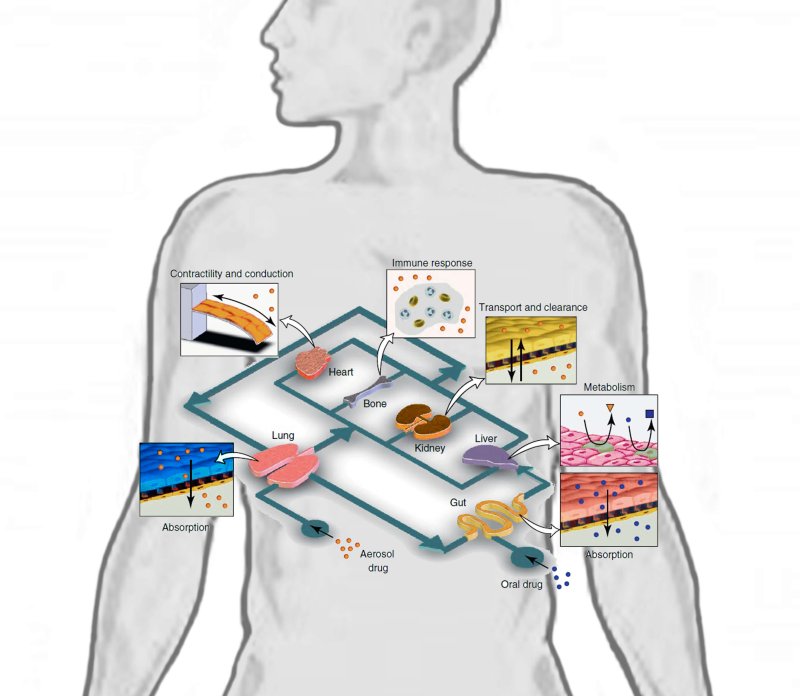Tiny tubes emerge from a small transparent block, pumping imperceptible amounts of fluid and air to and fro. It looks like a Fox’s Glacier Mint has been plugged into a life support machine, but this humble chunk of see-through silicone is a model organ that could revolutionise the pharmaceutical industry, reducing the need for animal testing and speeding up the development of new drugs.
Meet the Lung-on-a-chip, a simulation of the biological processes inside the human lung, developed by the Wyss Institute for Biologically Inspired Engineering at Harvard University – and now crowned Design of the Year by London’s Design Museum.
Lined with living human cells, the “organs-on-chips” mimic the tissue structures and mechanical motions of human organs, promising to accelerate drug discovery, decrease development costs and potentially usher in a future of personalised medicine.
“This is the epitome of design innovation,” says Paola Antonelli, design curator at New York’s Museum of Modern Art, who nominated the project for the award and recently acquired organs-on-chips for MoMA’s permanent collection. “Removing some of the pitfalls of human and animal testing means, theoretically, that drug trials could be conducted faster and their viable results disseminated more quickly.”
“We won’t be able to model consciousness, or the effect of gravity on your joints,” says Don Ingber, founding director of the Wyss Institute. “But the next step is developing a truly personalised medicine. A drug can be tested on your lung, or your brain, not a dog’s, or the ‘average’ person doing a trial.”
The GLP aggregated and excerpted this blog/article to reflect the diversity of news, opinion and analysis. Read full, original post: The end of animal testing? Human-organs-on-a-chip win Design of the Year































